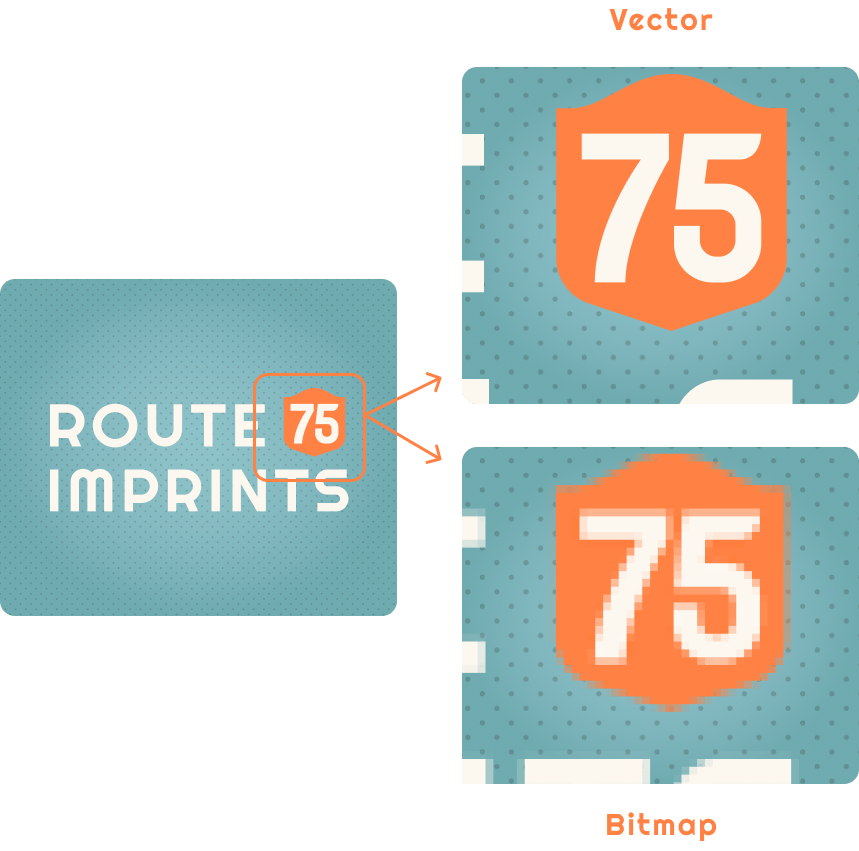Artwork Guidelines
We accept the following Vector Art File types:
- Adobe Illustrator – Latest version or lower
- Adobe Photoshop – Latest version or lower
- EPS
- SVG
- All font/lettering should be converted to outlines
- All artwork should be expanded
Art Files that would require us to redraw/create at an additional charge:
- Tiff
- Jpeg
- Png
- Word
- Pub
- Image Resolution – 600 Dpi or higher
Electronic Artwork:
- Files under 10 MB in size should be sent by e-mail to: artwork@140.82.44.244
- Files can also be upload through the Contact Us page
When sending artwork by e-mail please include:
- Your name
- Address
- Phone and fax numbers
- Email address
- Name and version of the software used to create your art computer platform: MAC or PC
- Brief description of the artwork
- A hard copy print of the artwork (please fax if you send art via email)
Vector Images:
Vector graphics is the use of geometrical primitives such as points, lines, curves, and shapes or polygon(s), which are all based on mathematical expressions, to represent images in computer graphics. “Vector”, in this context, implies more than a straight line.
Vector graphics are based on images made up of vectors (also called paths, or strokes) which lead through locations called control points. Each of these points has a definite position on the x and y axes of the work plan. Each point, as well, is a variety of database, including the location of the point in the work space and the direction of the vector (which is what defines the direction of the track). Each track can be assigned a color, a shape, a thickness and also a fill. This does not affect the size of the files in a substantial way because all information resides in the structure; it describes how to draw the vector.
Vector Vs. Bitmap Image:
Example showing effect of vector graphics versus raster (bitmap) graphics (jpegs, png). The upper-right image illustrates magnification of 7x as a vector image. The lower-right image illustrates the same magnification as a bitmap image. Raster images are based on pixels and thus scale with loss of clarity, while vector-based images can be scaled indefinitely without degrading quality.

